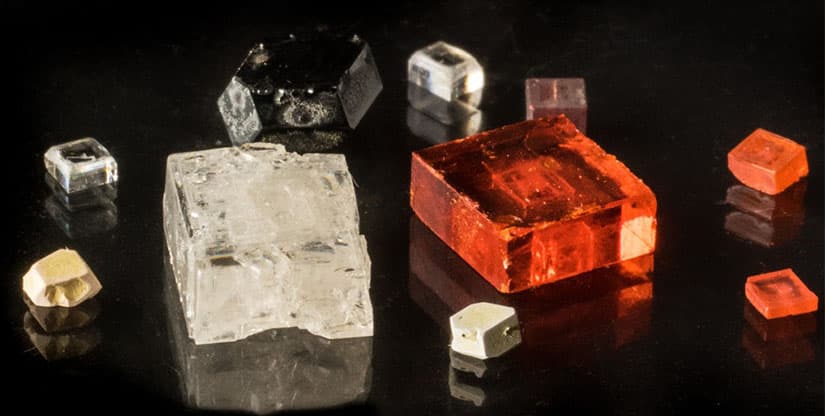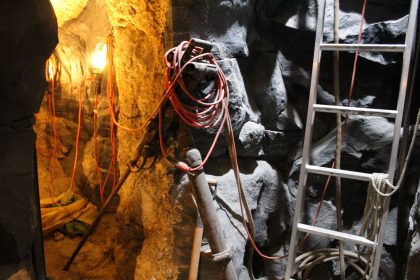Cutting Edge Semiconductor Research to Continue at NREL Facility

WASHINGTON — Cutting-edge research in the realm of hybrid organic-inorganic semiconductors will continue at the National Renewable Energy Laboratory thanks to an infusion of $13.3 million from the Biden administration.
For the past four years, researchers at NREL’s Center for Hybrid Organic-Inorganic Semiconductors for Energy have been studying hybrid perovskite semiconductor characteristics that can lead to new energy-efficient advanced technologies.
Research at CHOISE aims to take advantage of the interactions between the organic and inorganic subcomponents in hybrid semiconductors. Each has its own advantages for clean energy applications, but the marriage of the two provides unprecedented opportunities for controlling semiconductor properties.
“There’s a huge effort within DOE and around the world to develop hybrid perovskite semiconductors for solar cells,” said Matthew Beard, CHOISE director and senior research fellow in NREL’s Chemistry and Nanoscience Center, in a written statement.
“To do that, we need to understand, where does the energy go when you absorb light? How do you direct it in the way that you want? And how these properties are derived from the molecular structure of the hybrid semiconductor. These are the kinds of fundamental science questions we are trying to answer,” he said.
Future research will focus on a deeper understanding of these novel semiconducting systems.
One challenge, Beard said, is to understand and control the interface where two distinct hybrid systems meet to direct energy flow.
The team at CHOISE, which includes NREL’s Joe Berry, Jeff Blackburn, Joey Luther and Kai Zhu, will be delving into these and other aspects of advanced hybrid semiconductors that can support the next generation of photovoltaics and other clean energy technologies.
Scientists from eight collaborating research institutions join those from NREL at CHOISE. Partners include the University of Colorado, Boulder; Duke University; the University of North Carolina, Chapel Hill; San Diego State University; the University of Toledo; the University of Utah; the University of California, Santa Cruz; and North Carolina State University; the last two of which are new to the project.
























